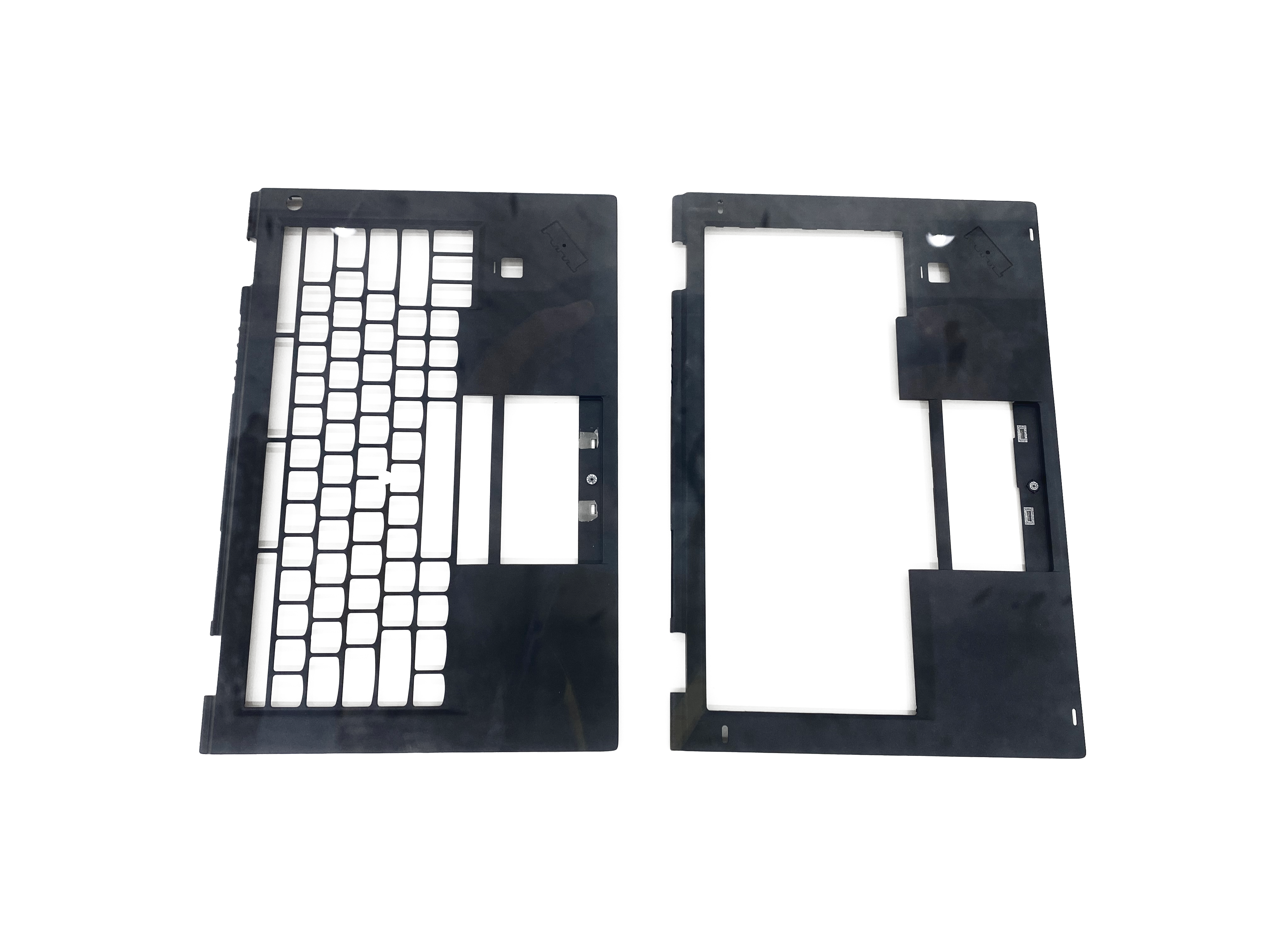Erreur de format d'e-mail
emailCannotEmpty
emailDoesExist
pwdLetterLimtTip
inconsistentPwd
pwdLetterLimtTip
inconsistentPwd

Nouvelles
Effect of Heat Treatment on Zinc Alloy Die Casting
Before the production of zinc alloy die casting, the mold must be heat treated, and few people know that heat treatment will affect the product quality of zinc alloy die castings. In fact, if you want to improve the quality of zinc alloy die castings, starting with heat treatment will do more with less!
First of all, the surface quality of zinc alloy die castings is mainly determined by the pickling process after heat treatment. If the surface of the product is not uniform after oxidation, and the degree of metal corrosion by acid during the pickling process is different, the product surface will be uneven. Therefore, heat treatment in the early stage of die casting is very critical, and the mold must be heat treated with the correct method to ensure flatness of the subsequent die casting products.
The influence of zinc alloy die-casting molds without heat treatment is also great, such as quenching cracks, excessive deformation, lack of hardness, electrical machining cracks, grinding cracks, and early damage of molds.

Effect of Heat Treatment on Zinc Alloy Die Casting
The effect of heat treatment heating speed on zinc alloy die-casting
During quenching and heating, the faster the heating speed, the greater the thermal stress of zinc alloy die-casting, and the deformation and cracking of zinc alloy die-casting is easy to form. Especially alloy steel and high-alloy steel, due to their poor thermal conductivity, need special attention to preheating. For some shapes of messy alloys, it is necessary to use repeated grading preheating.
The influence of temperature
The quenching heating temperature affects the hardenability of the data, acting together on the composition and grain size of the austenite.
From the aspect of hardenability, high heating temperature will increase the thermal stress, but together increase the hardenability, so the tissue stress will also increase, and gradually occupy the dominant position.
From the austenite composition, the quenching temperature gradually increases the carbon content of the austenite, while the square of the martensite increases after quenching (specific volume increases), and then increases the volume after quenching.
In general, choosing too much quenching heating temperature is not good for deformation. Always choose a lower heating temperature without affecting functionality.
The influence of processing speed
Zinc alloy die-casting is often used for graded or graded isothermal quenching, which is generally not completely hardened, so it is often based on the influence of thermal stress, which tends to shorten the cavity, but because the thermal stress is not very large, the deformation is relatively small. If water-oil double-liquid quenching or oil quenching is used, the greater the thermal stress caused, the cavity shortening will increase.
Influence of tempering temperature
The effect of tempering temperature on deformation is mainly due to the structural transformation during tempering. If the phenomenon of "secondary quenching" occurs during tempering, the remaining austenite is transformed into martensite due to the generated horses. The specific volume of austenite is larger than that of retained austenite, which will cause the expansion of zinc alloy die-casting cavity.
Conclusion
For more information about die casting aluminum auto parts,oem die casting,die casting machine components, we are glad to answer for you.

